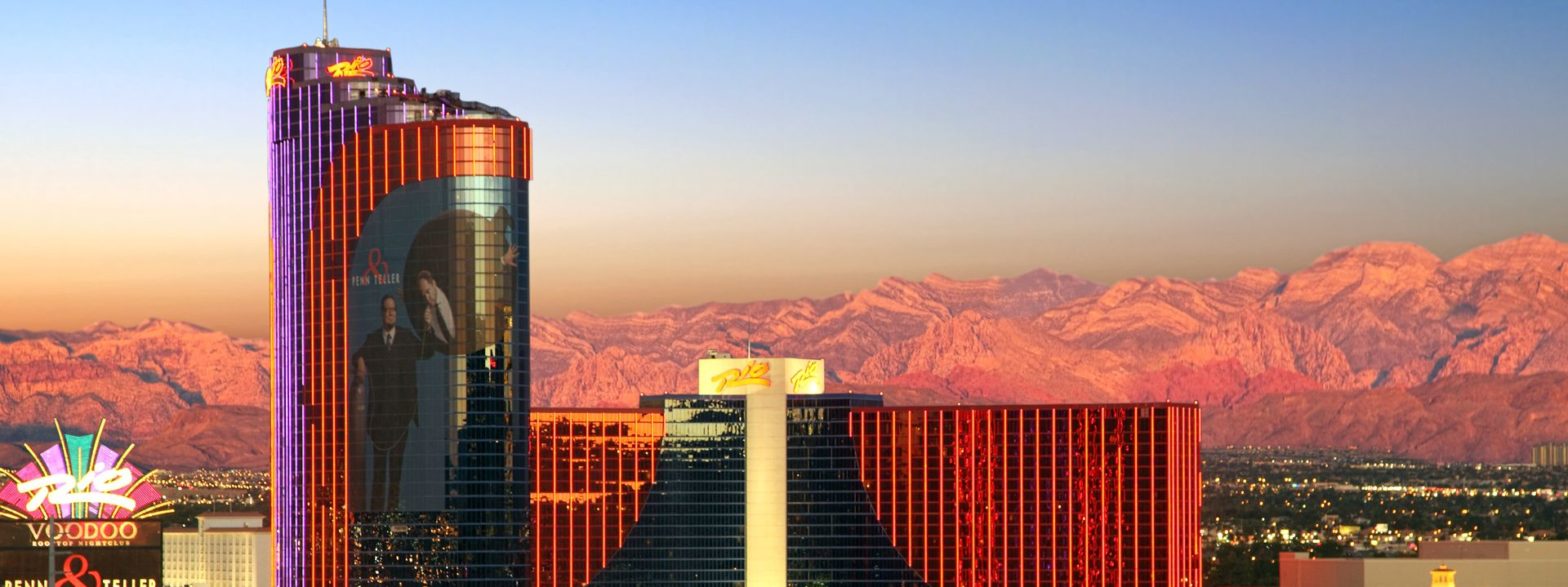There’s a major twist afoot in the saga of the pandemic-impacted 2020 World Series of Poker. Just a couple of months after a financially successful 2020 WSOP Online series, split between WSOP.com (for the US) and GGPoker (for the rest of the world), the WSOP has announced another Main Event, to conclude in late December.
The declared purpose of it all is to allow the WSOP to continue a half-century-long tradition of having a “$10,000 World Championship of Poker” and to declare a “World Champion” for 2020.
According to Ty Stewart, Executive Director of the World Series of Poker, “There must be a World Champion in 2020. Poker’s history is too important. It’s a unique format for the Main Event, but this is a unique year. We want to keep players’ health and safety top of mind and still deliver a great televised showcase for the game we love.”
If you’re curious about how all this plays out, it’s… complicated. There will be two separate tournaments, here to be called “brackets”. As with the summer 2020 WSOP Online, one of the brackets will be held for US players in Nevada and New Jersey on WSOP.com, and the other will be held for players outside the US on GGPoker, which isn’t licensed to do business in the States.
The GGPoker side will likely be much larger, featuring three separate starting days beginning on November 29th, while the WSOP.com US bracket will have only a single starting day, that on December 13th. Both sides will have their own separate Day 2 play, when each is reduced to a nine-player final table.
At that point, each bracket shifts from online to live play. The nine international bracket finalists will congregate at Kings Casino in the Czech Republic on December 15th to play down to a winner of the GGPoker bracket. The US bracket will do the same thing, but the nine US-based finalists will meet on December 28th at the Rio to decide the WSOP.com side’s winner. Neither of these winners will receive a bracelet for winning the bracket, and the prizepools generated by the US and international fields will be calculated and paid out separately.
Then it’s on the bracelet and the “World Champion” thing. Two days after the US bracket winner is determined, that winner will square off against the international winner — again at the Rio — for a special $1 million winner-take-all payday (assuming they don’t privately chop it beforehand, which seems likely), plus the bracelet and the title of “2020 (WSOP) World Champion of Poker.”
But, yeah, there’s always a catch. See, the 2020 WSOP Online series was always designed as a replacement for the live 2020 WSOP in Las Vegas that was cancelled this past summer. And that series had a main event — held on the international GGPoker side — which was won by Bulgaria’s Stoyan Madanzhiev for $ 3,904,686… and an official WSOP Main Event bracelet.
Madanzhiev was among those confused by the WSOP’s announcement of the year-end “World Champion” tourney, posting this on Twitter:
So if I won the “51st Annual World Series of Poker Main Event” What will the December one be?
The 52nd
51.1
51 2.0
51 alfa
?
Just wondering 🤷#wsop pic.twitter.com/6hhk20pdVZ— Stoyan Madanzhiev (@Stoyan_Mad) November 14, 2020
If you look at the card that accompanied his bracelet, it clearly states “Main Event” and “51st Annual World Series of Poker” plus the added “hosted by GGPoker.” It’s true that there’s other mixed messaging here: Daniel Negreanu is a paid spokesplayer for GGPoker, but he is no way whatsoever an official representative of the WSOP, despite being a longstanding member of the WSOP’s occasionally cited Players Committee.
I agree with Madanzhiev’s sentiment. By all indications given out by both WSOP.com and GGPoker last May, the main event on GGPoker was to be the “Main Event” for the year, even if it made it very difficult for US-based players to compete for the Main Event title. They would have had to travel outside the US to play that event — and many hundreds did — but how is that any different than the huge numbers of international players that come to Las Vegas every summer to play in the WSOP?
It was just the breaks of the way a very strange and difficult year played out, to my way of thinking, but whether that was the larger consensus I really couldn’t say. It’s all moot now, anyway, with the creation of this end-of-year, online/live hybrid thing.
If there’s one clue that can be taken from the WSOP’s announcement, it’s in the lead paragraph:
“The World Series of Poker (WSOP) today announced plans to host 2020’s hybrid online and live version of the $10,000 No-Limit Hold-Em World Championship, known better to poker players and fans as the Main Event. The Main Event will begin for international players on Sunday, Nov. 29 and domestically on Sunday, Dec. 13.” (Boldface type mine.)
Besides the mashing of “Hold’em” — really, guys? — the very specific inclusion of “$10,000” is key. For over 50 years, the Main Event has had a $10,000 buy-in, while the online main event at GGPoker had a $5,500 buy-in. Yet I didn’t find that to be strange at all. Online tourneys play faster and take place at comparatively lower price points for the same level of competition, and it’s been that was for all of online poker’s history. That alone doesn’t disqualify or devalue them.
Instead, it’s the WSOP that’s accomplishing that devaluation. I could have titled this “The WSOP Main Event That Wasn’t,” but instead I’ll shift focus to the perceived worth of the WSOP brand name and bracelets and the like. As the world’s premier poker brand, the WSOP carries a ton of goodwill as an asset on its ledger. Every time the WSOP expands in an unusual way or mixes its messages, it’s effectively watering down its brand and trading off some off that goodwill for an infusion of cash — here, the event’s rake and the broadcast revenue from ESPN it gets for putting on the tournament.
That’s no small thing, particularly in the midst of the ongoing Covid-19 pandemic, which has killed revenue across the entire casino industry. Yet players themselves should remember this as a reason to not overvalue winning a bracelet or, in Madanzhiev’s case, probably not getting to have a banner with his likeness hung in the rafters at the WSOP. (Meanwhile, the WSOP can let Chris Ferguson pay to have his own new banners created, ones that don’t show him in his old Full Tilt Poker gear. Grrr. End digression.)
The thing is, the rules can change, and the WSOP decides where, when, and why. Traditions are all well and good, but if it’s a forced choice between tradition and a company’s financial necessity, well, the tradition goes out the window, no matter how well the replacement is wrapped and presented.
It’s also likely that the WSOP and probably GGPoker as well knew that this December thing was the contingency game plan all along. If the pandemic was still raging, then this plan would go into effect, and had it lessened, a special “live” Main Event during December was probably still a possibility, even with reduced attendance numbers. With the benefit of hindsight, that makes the whole presentation of the summer’s online main event at GGPoker more than a little bit deceptive.

